Physical Education, Quality of Breathable Air and Their Effects on the Formation of High School Students as Sustainability in Maintaining the Lifestyle. Is the Physical Education Lesson Enough to Create Such Valences?
Abstract
1. Introduction
1.1. Aim
1.2. Hypothesis
2. Methodology
- -
- height (cm) 155 ± 5, weight (kg) 54 ± 5: 14 years–7 girls; 15 years–4 girls; 16 years–3 girls; 17 years–3 girls; 18 years–3 girls, total number 20 girls;
- -
- height (cm) 161 ± 5, weight (kg) 60 ± 5: 14 years–6 girls; 15 years–8 girls; 16 years–7 girls; 17 years–9 girls; 18 years–8 girls, total number 38 girls;
- -
- height (cm) 167 ± 5, weight (kg) 66 ± 5: 14 years–3 girls; 15 years–4 girls; 16 years–8 girls; 17 years–8 girls; 18 years–7 girls, total number 30 girls;
- -
- height (cm) 171 ± 5, weight (kg) 72 ± 8: 14 years–3 girls; 15 years–2 girls; 16 years–4 girls; 17 years–5 girls; 18 years–3 girls, total number 17 girls;
- -
- height (cm) 163 ± 5, weight (kg) 60 ± 5: 14 years–4 boys; 15 years–3 boys; 16 years–3 boys; 17 years–2 boys; 18 years–2 boys, total number 14 boys;
- -
- height (cm) 169 ± 5, weight (kg) 71 ± 5: 14 years–5 boys; 15 years–7 boys; 16 years–8 boys; 17 years–10 boys; 18 years–6 boys, total number 36 boys;
- -
- height (cm) 175 ± 5, weight (kg) 77 ± 5: 14 years–4 boys; 15 years–6 boys; 16 years–8 boys; 17 years–9 boys; 18 years–11 boys, total number 38 boys;
- -
- height (cm) 181 ± 8, weight (kg) 83 ± 8: 14 years–2 boys; 15 years–3 boys; 16 years–4 boys; 17 years–3 boys; 18 years–3 boys, total number 15 boys.
- Recording the anthropometric characteristics of each HSS (kg) (without affecting the time allotted to PEL);
- performing a warm-up of the muscles through specific PEL exercises: Tiptoe with the arms stretched above the head (3 × 15 m, with return to the starting place by relaxing the limbs-active pause); walk on heels with the arms behind the back (3 × 15 m); run with heel toe walking (3 × 20 m); run with the knees up (3 × 20 m); run with heels to the buttocks (3 × 20 m); move by leaping step (3 × 15 m); move with jumping step (3 × 15 m);
- performing 3 series of 3 vertical jump, successive, with a pause of 10 s after each series of vertical jumps. The best vertical jump will be taken into consideration, confirming the level each student has achieved. The best leap will be the result of a correct coordination between the positions of the body segments and breathing, throughout jumping [36].
3. Statistical Analysis
4. Results
5. Discussions
6. Conclusions
7. Key Limitations
Author Contributions
Funding
Acknowledgments
Conflicts of Interest
References
- Butu, I.M.; Butu, M. Interurban air variability in Bucharest. Metal. J. 2011, 16, 66. [Google Scholar]
- Butu, I.M.; Butu, M.; Constantinescu, I.; Macovei, S. Evaluation of Air Pollution with NO2 in Bucharest Area. Rev. de Chim. 2012, 63, 330–333. [Google Scholar]
- Nanaki, E.A.; Koroneos, C.J. Exergetic Aspects of Hydrogen Energy Systems—The Case Study of a Fuel Cell Bus. Sustainability 2017, 9, 276. [Google Scholar] [CrossRef]
- Ruiz, E.C.; De La Cruz, E.R.R.; Vázquez, F.J.C. Sustainable Tourism and Residents’ Perception towards the Brand: The Case of Malaga (Spain). Sustainaility 2019, 11, 292. [Google Scholar] [CrossRef]
- Breakwell, G.M. Coping with Threatened Identities; Psychology Press: London, UK, 2015. [Google Scholar]
- Atkinson, R.; Smith, E.; Bem, D. Introduction in Psychology; The Technical Publishing House: Bucharest, Romania, 2002; pp. 123–125. [Google Scholar]
- Chróinín, D.N.; Beni, S.; Fletcher, T.; Griffin, C.; Price, C. Using meaningful experiences as a vision for physical education teaching and teacher education practice. Phys. Educ. Sport Pedagog. 2019, 24, 598–614. [Google Scholar] [CrossRef]
- Escandon-Barbosa, D.; Urbano-Pulido, D.; Hurtado-Ayala, A. Exploring the Relationship between Formal and Informal Institutions, Social Capital, and Entrepreneurial Activity in Developing and Developed Countries. Sustainability 2019, 11, 550. [Google Scholar] [CrossRef]
- Priyankara, H.P.R.; Luo, F.; Saeed, A.; Nubuor, S.A.; Jayasuriya, M.P.F. How Does Leader’s Support for Environment Promote Organizational Citizenship Behaviour for Environment? A Multi-Theory Perspective. Sustainability 2018, 10, 271. [Google Scholar] [CrossRef]
- Dragnea, A.; Bota, A. Motor Activities Theory; Didactic and Pedagogic Publishing House: Bucharest, Romania, 1999; pp. 98–99. ISBN 973–30-9721–7. [Google Scholar]
- Braun, V.; Clarke, V. Using thematic analysis in psychology. Qual. Res. Psychol. 2006, 3, 77–101. [Google Scholar] [CrossRef]
- Cohen, L.; Manion, L.; Morrison, K. Research Methods in Education; Routledge: London, UK, 2007. [Google Scholar]
- Bevans, K.B.; Fitzpatrick, L.-A.; Sanchez, B.M.; Riley, A.W.; Forrest, C. Physical education resources, class management, and student physical activity levels: A structure-process-outcome approach to evaluating physical education effectiveness. J. Sch. Heal. 2010, 80, 573–580. [Google Scholar] [CrossRef]
- Prescornita, A. Motor Capacity and Coordinative Capacities; The Publishing House of the Transylvania University: Brasov, Romania, 2004; pp. 109–111. ISBN 973–635-376–1. [Google Scholar]
- Macdonald, K.; Milne, N.; Orr, R.; Pope, R. Relationships between Motor Proficiency and Academic Performance in Mathematics and Reading in School-Aged Children and Adolescents: A Systematic Review. Int. J. Environ. Res. Public Health 2018, 15, 1603. [Google Scholar] [CrossRef]
- Galan, D.D.; Rata, G.; Galan, D.P. Study On Improving The Technical Level Of Athletes Practicing Ju-Jitsu. In Proceedings of the Edu World 7th International Conference, Pitesti, Romania, 4–5 November 2016; Volume XXIII, pp. 876–882. [Google Scholar]
- Bota, C. Ergo-Physiology; Globus Publishing House: Bucharest, Romania, 2000; p. 133. ISBN 973–49-0107–9. [Google Scholar]
- Cojanu, F.; Catanescu, A. Study on sensory-motor capacity assessment in junior tennis players. Ovidius Univ. Ann. Ser. Phys. Educ. Sport Sci. Mov. Health 2010, 10 (Suppl. 2), 457–460. [Google Scholar]
- Dragnea, A.; Teodorescu-Mate, S. Sport’s Theory; FEST Publishing House: Bucharest, Romania, 2002; pp. 245–246. ISBN 973–85143-3–9. [Google Scholar]
- Mihai, I. Progressive neuromuscular control improvement by using extrinsic feedback as learning tool, in swimming. New Trends Issues Proc. Humanit. Soc. Sci. 2017, 4, 126–135. [Google Scholar]
- Galan, D.; Chera-Ferrario, B. Optimising martial arts training by using gymnastics exercises. Sportis 2019, 5, 287–304. [Google Scholar] [CrossRef]
- Mihai, I. Study concerning the monitoring of the lower limbs strength characteristics evolution in dry land training in swimmers aged 10–14 years. Ovidius Univ. Ann. Ser. Phys. Educ. Sport Sci. Mov. Health 2015, 15, 449–454. [Google Scholar]
- Iconomescu, T.M.; Alexe, I.D. Differences and similarities in curriculum and assessment in physical education in Eastern European States. Ovidius Univ. Ann. Ser. Phys. Educ. Sport Sci. Mov. Health 2015, 1, 41. [Google Scholar]
- Beelen, R.; Hoek, G.; Pebesma, E.; Vienneau, D.; De Hoogh, K.; Briggs, D.J. Mapping of background air pollution at a fine spatial scale across the European Union. Sci. Total. Environ. 2009, 407, 1852–1867. [Google Scholar] [CrossRef]
- Butu, I.M.; Butu, M. Reducing the environmental factors impact. Metal. Int. 2010, 6, 32–36. [Google Scholar]
- Jo, W.-K.; Park, J.-H. Characteristics of roadside air pollution in Korean metropolitan city (Daegu) over last 5 to 6 years: Temporal variations, standard exceedances, and dependence on meteorological conditions. Chemosphere 2005, 59, 1557–1573. [Google Scholar] [CrossRef]
- Singer, B.C.; Hodgson, A.T.; Hotchi, T.; Kim, J. Passive measurement of nitrogen oxides to assess traffic-related pollutant exposure for the East Bay Children’s Respiratory Health Study. Atmos. Environ. 2004, 38, 393–403. [Google Scholar] [CrossRef]
- Simonton, K.L.; Mercier, K.; Garn, A.C. Do fitness test performances predict students’ attitudes and emotions toward physical education? Phys. Educ. Sport Pedagog. 2019, 24, 549–564. [Google Scholar] [CrossRef]
- Schmidt, R.A.; Lee, T. Motor Control and Learning. A Behavioral Emphasis, 4th ed.; Human Kinetics: Champaign, IL, USA, 2005; ISBN 9780736042581. [Google Scholar]
- Zatoń, K.; Szczepan, S. The Effect of Immediate Verbal Feedback on the Efficiency and the Effectiveness of Swimming. Balt. J. Heal. Phys. Act. 2012, 4, 91. [Google Scholar] [CrossRef]
- García-López, L.M.; Gutiérrez, D. The effects of a sport education season on empathy and assertiveness. Phys. Edu. Sport Peda. 2015, 20, 1–16. [Google Scholar] [CrossRef]
- Degtyarenko, T.V.; Dolgier, E.V.; Yagotin, R.S.; Kodzhebash, V.F. Psycho-motility of a person in the context of its psychophysiological support and genetic determination. J. Phys. Educ. Sport 2019, 19, 1526–1531. [Google Scholar] [CrossRef]
- Butu, I.M.; Teodorescu, S.A.; Catuna, G.C. The Importance of Motricity Development of Schoolchildren; EpSBS-ICH&HPSY: Bucharest, Romania, 2017; Volume XXX, pp. 358–363. [Google Scholar] [CrossRef]
- Butu, I.M.; Catuna, G.C.; Teodorescu, S.A.; Gheorghe, I.G. Theoretical approaches regarding the development of learning in physical education lessons. J. Phys. Educ. Sport 2017, 17, 2218–2221. [Google Scholar] [CrossRef]
- Dragan, I. Medicină sportive; Medical Publishing: Bucharest, Romania, 2002; ISBN 973–39-0494–5. [Google Scholar]
- Niculescu, M. Metodologia cercetării ştiinţifice în educaţie fizică şi sport; Bren Publishing House: Bucharest, Romania, 2003; Volume II, pp. 475–498. ISBN 973–648-178–6. [Google Scholar]
- Pehoiu, C.; Pehoiu, A. Physical activities and promoting a healthy life style in new social and economic conditions. In Proceedings of the WSEAS International Conference on Environment, Medicine and Health Sciences, Penang, Malaysia, 23–25 March 2010; pp. 62–68. [Google Scholar]
- Moy, B.; Renshaw, I.; Davids, K.; Brymer, E. Preservice teachers implementing a nonlinear physical education pedagogy. Phys. Educ. Sport Pedagog. 2019, 24, 565–581. [Google Scholar] [CrossRef]
- Andrieieva, O.; Hakman, A.; Balatska, L.; Moseychuk, Y.; Vaskan, I.; Kljus, O. Peculiarities of physical activity regimen of 11–14-year-old children during curricular and extracurricular hours. J. Phys. Educ. Sport 2017, 4, 2422–2427. [Google Scholar] [CrossRef]
- Arefiev, V.G. Modeling of Differentiated Physical Fitness in School Children. Pedagogics, Psychology. Med.-Biol. Probl. Phys. Train. Sports 2014, 1, 3–8. [Google Scholar] [CrossRef]
- Iedynak, G.; Galamandjuk, L.; Dutchak, M.; Balatska, L.; Herasymchuk, A.; Mazur, V. Effectiveness of different options when teaching children basic movements due to certain handedness. J. Phys. Educ. Sport 2017, 17, 582–589. [Google Scholar] [CrossRef]
- Pop, C.L.; Bucharest Economic Studies University; Lucretia, P.C. Physical and Health Education Facing the Technology Challenge. Phys. Educ. Stud. 2016, 20, 45–49. [Google Scholar] [CrossRef]
- Pehoiu, C.; Savu, C.; Badea, S.; Borida, C. Study on the Influence of Physical Effort on the Mental Processes of Preteen Students. Int. J. Sport Health Sci. 2010, 4, 1893–1903. Available online: https://publications.waset.org/12352/pdf (accessed on 18 February 2019).
- Macri, A.C.; Vasile, A. Particularities of the use of non-specific means of physical education and sports at young people. J. Phys. Educ. Sport 2018, 18, 2039–2042. [Google Scholar] [CrossRef]
- Pehoiu, C. Study on the Report National—Universal from the Perspective of Teaching Physical Education and Sport. Procedia-Soc. Behav. Sci. 2013, 76, 624–628. [Google Scholar] [CrossRef][Green Version]
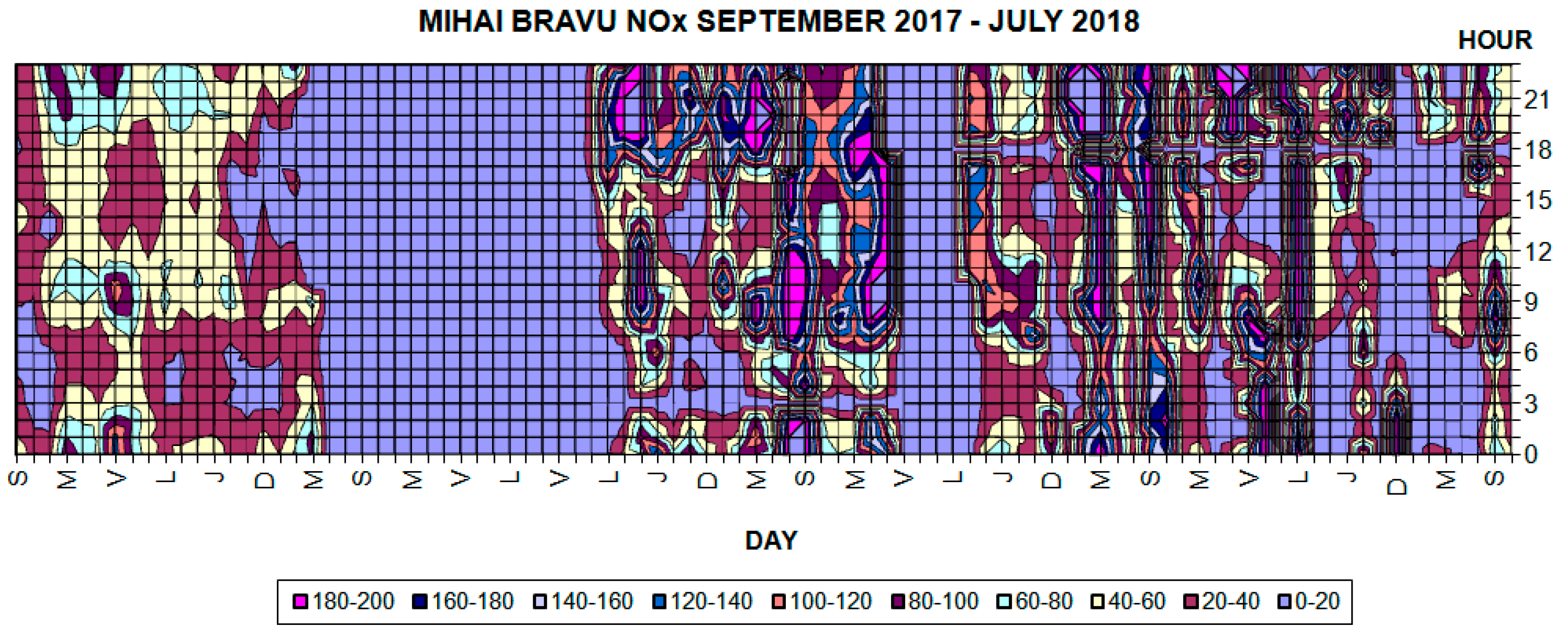





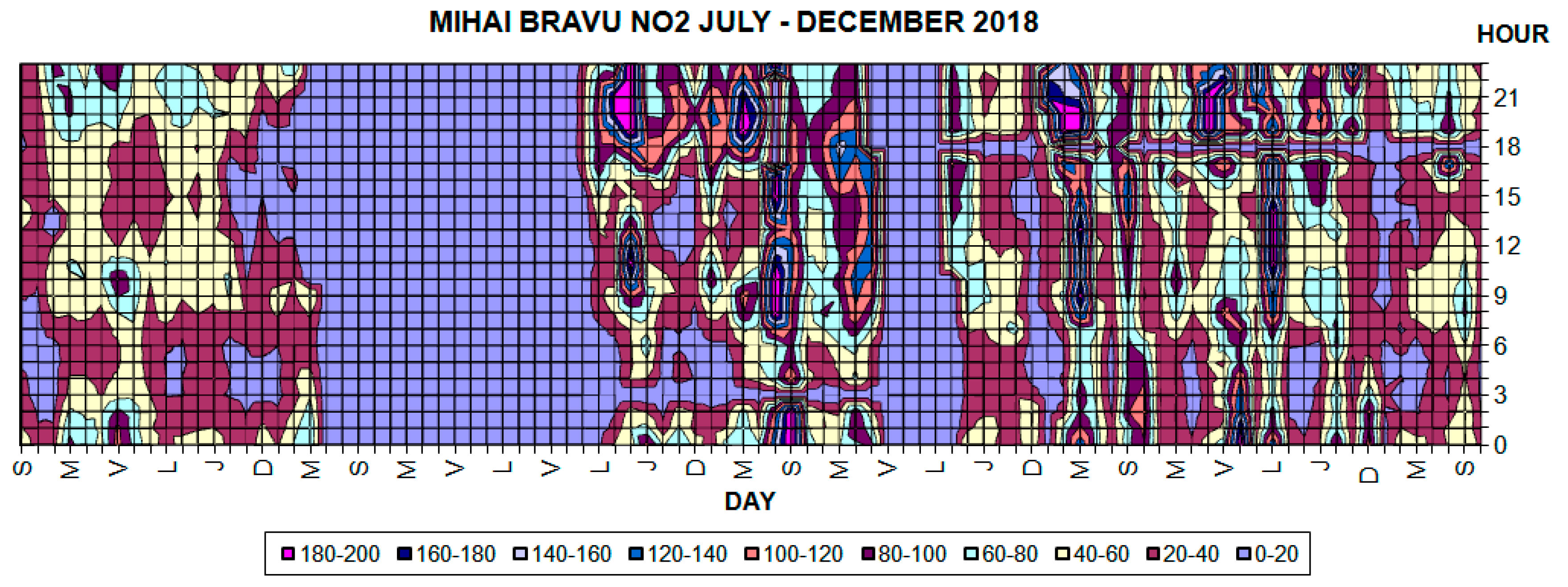
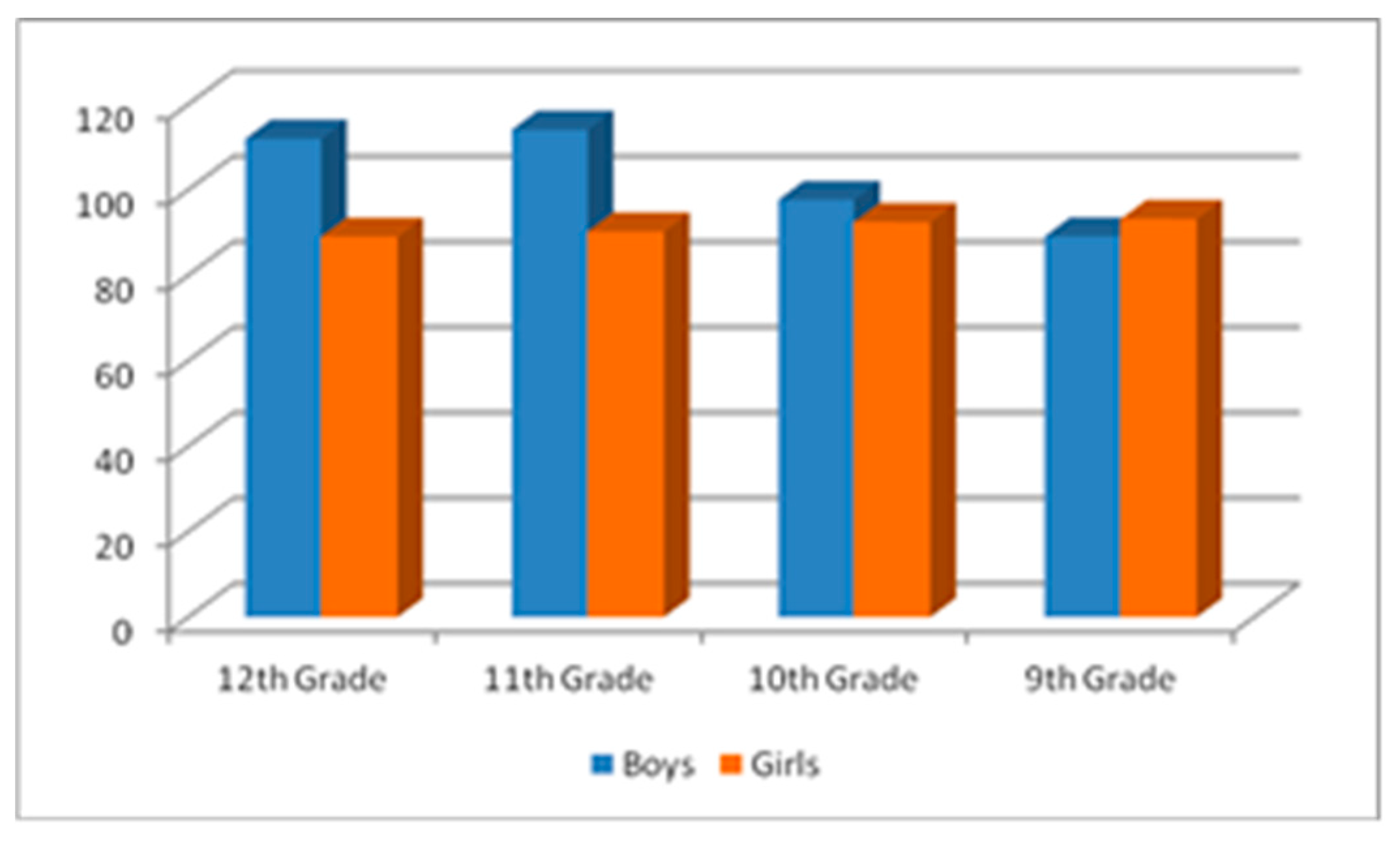
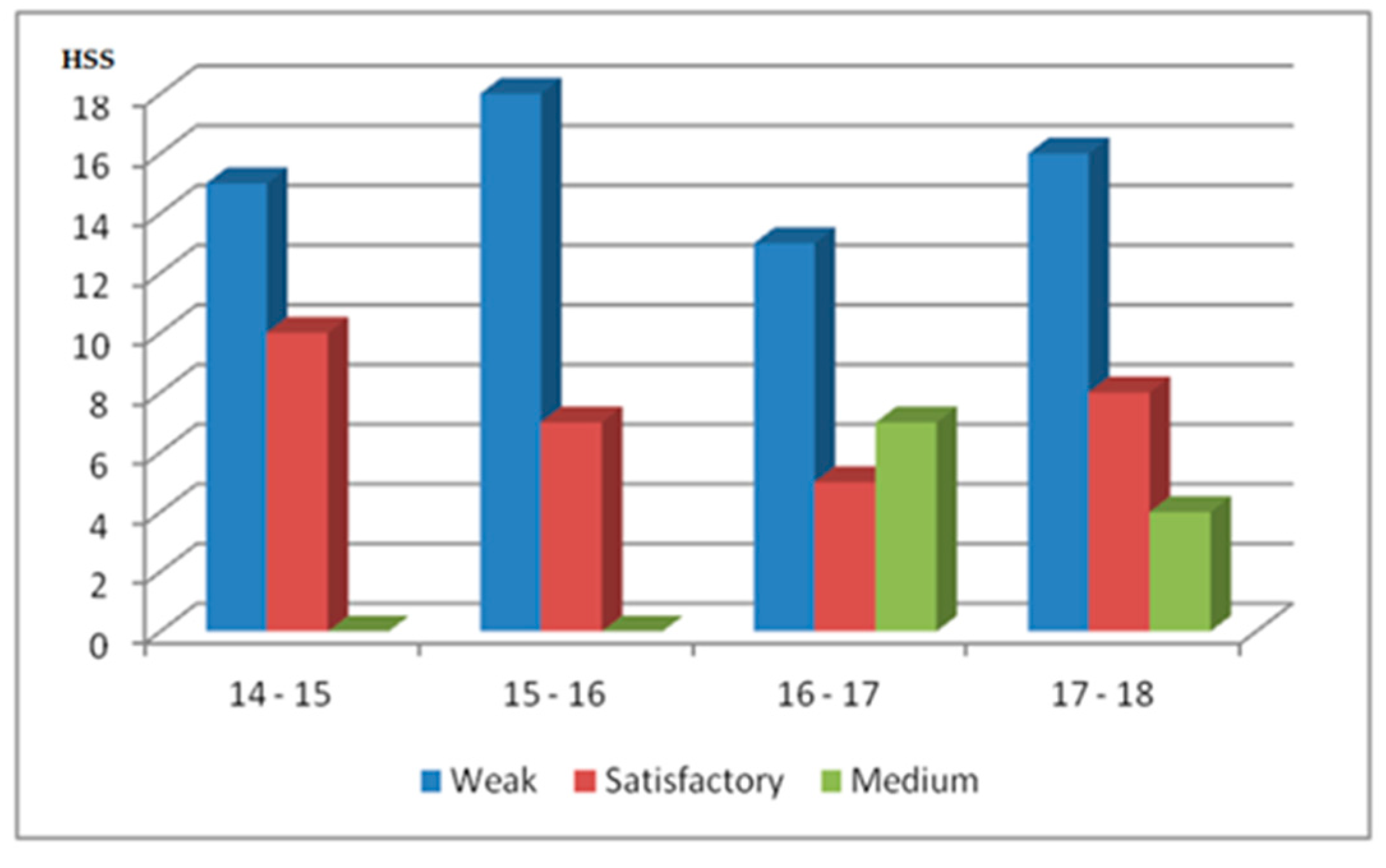
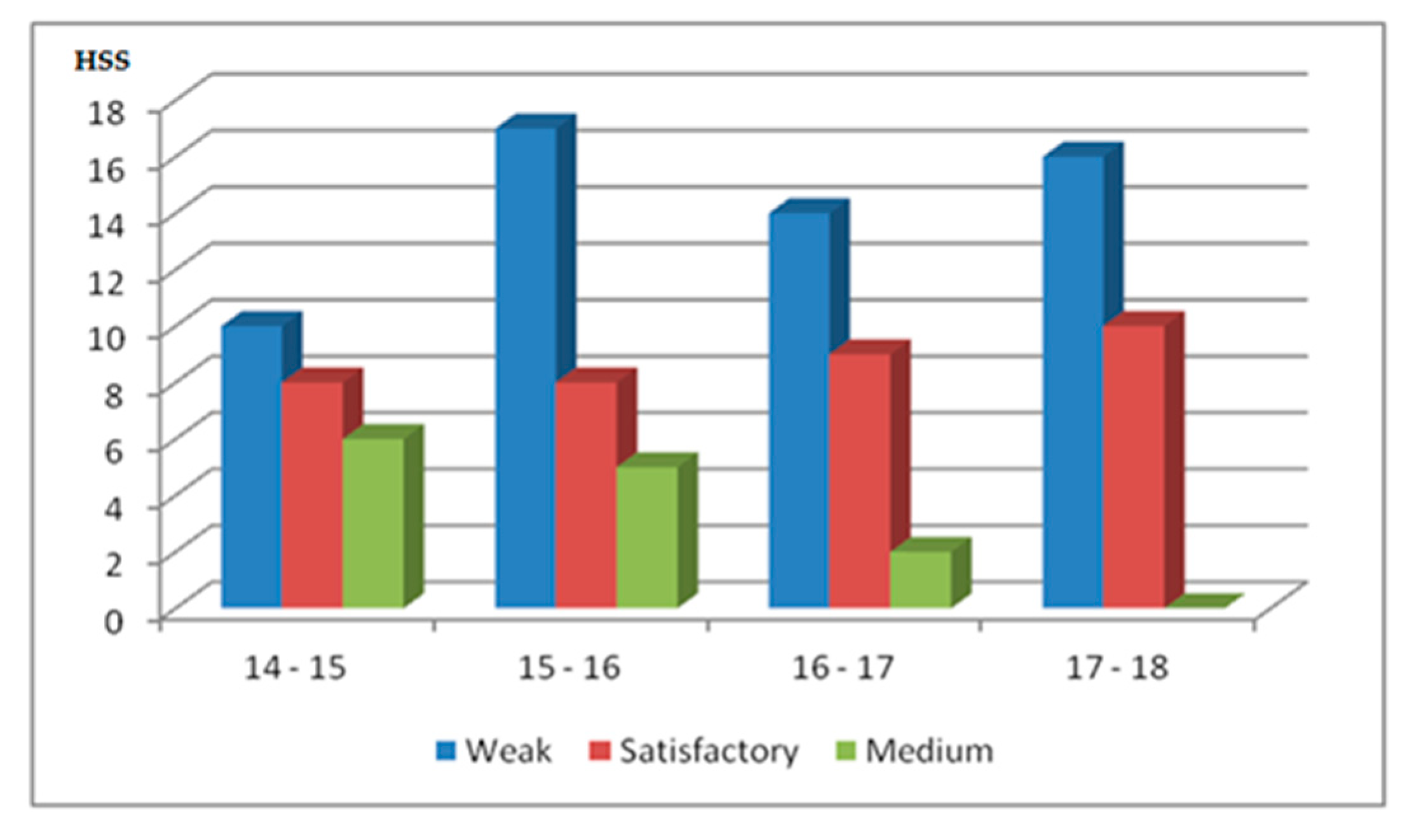
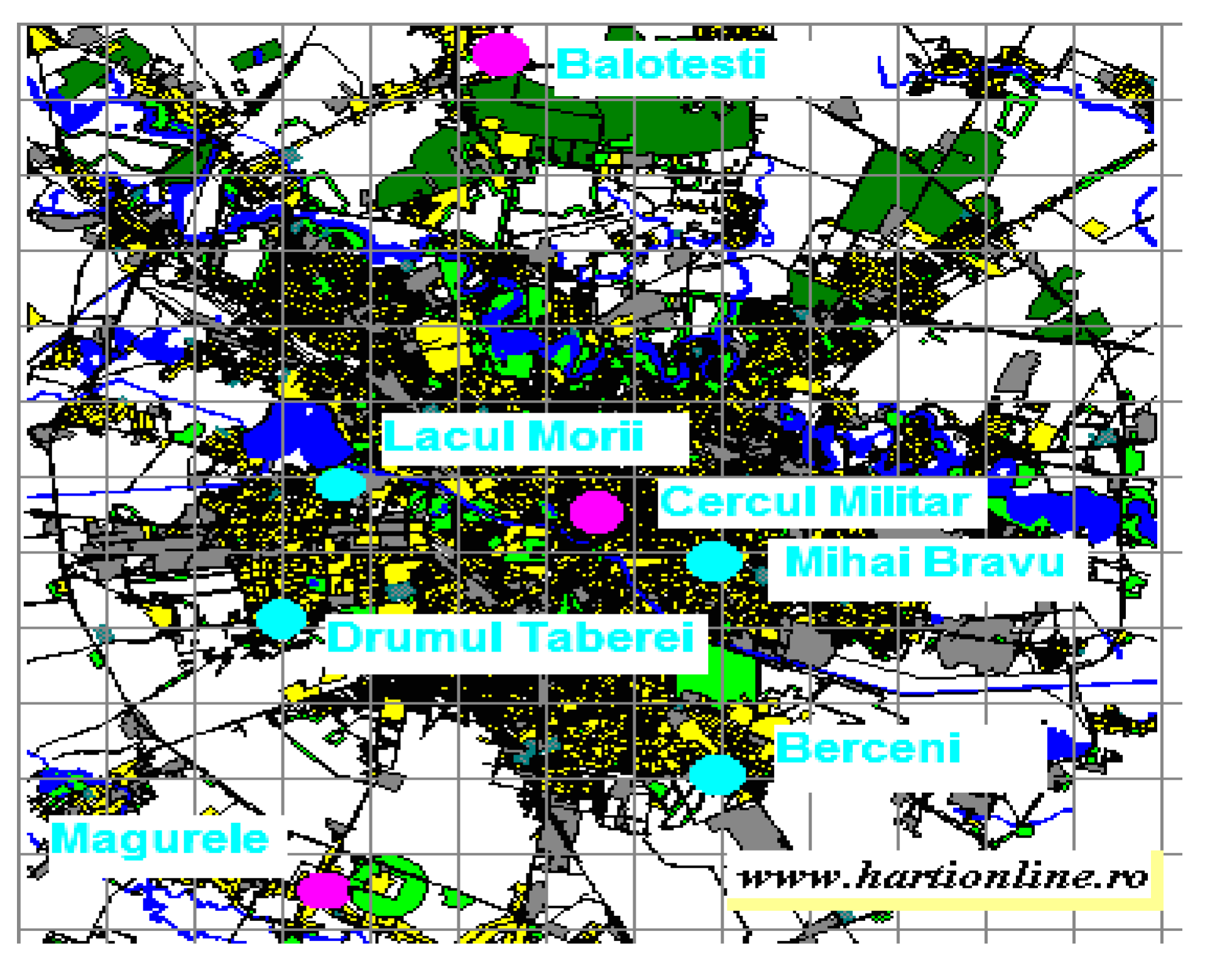

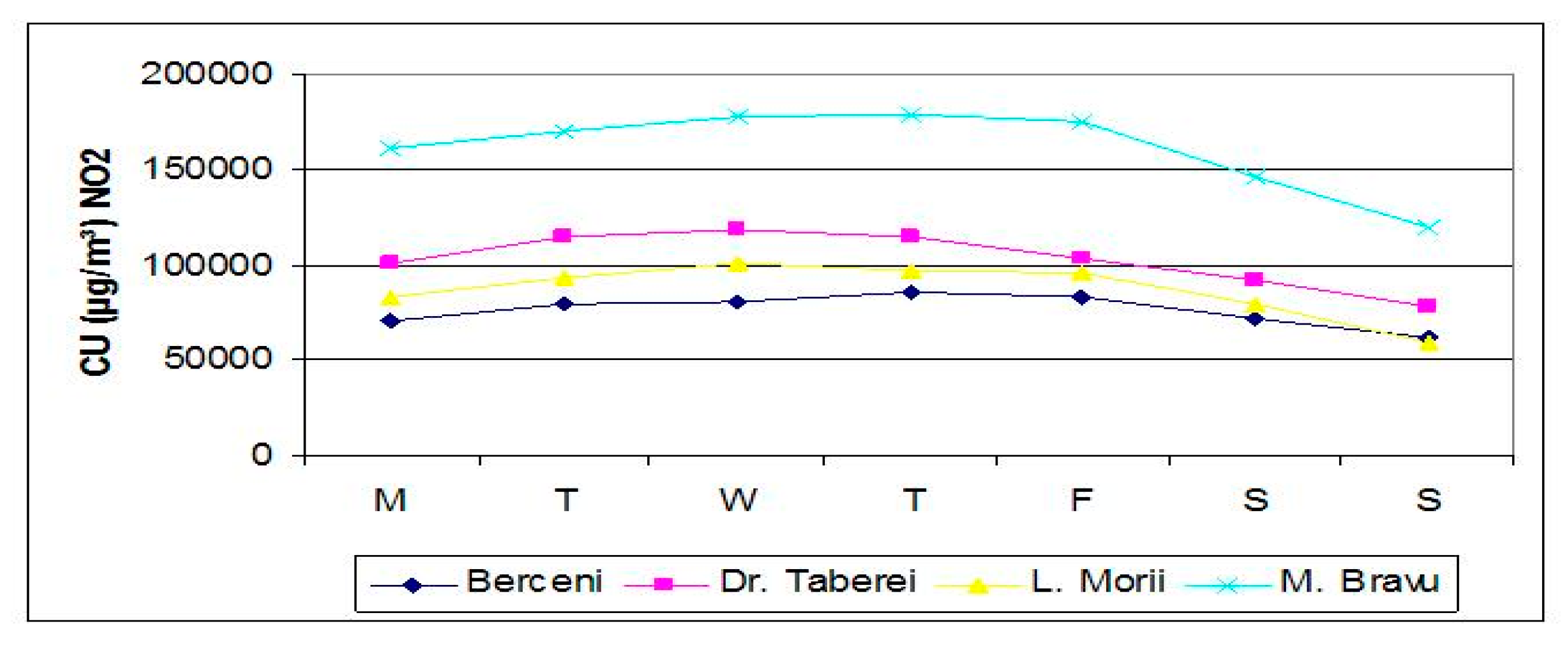
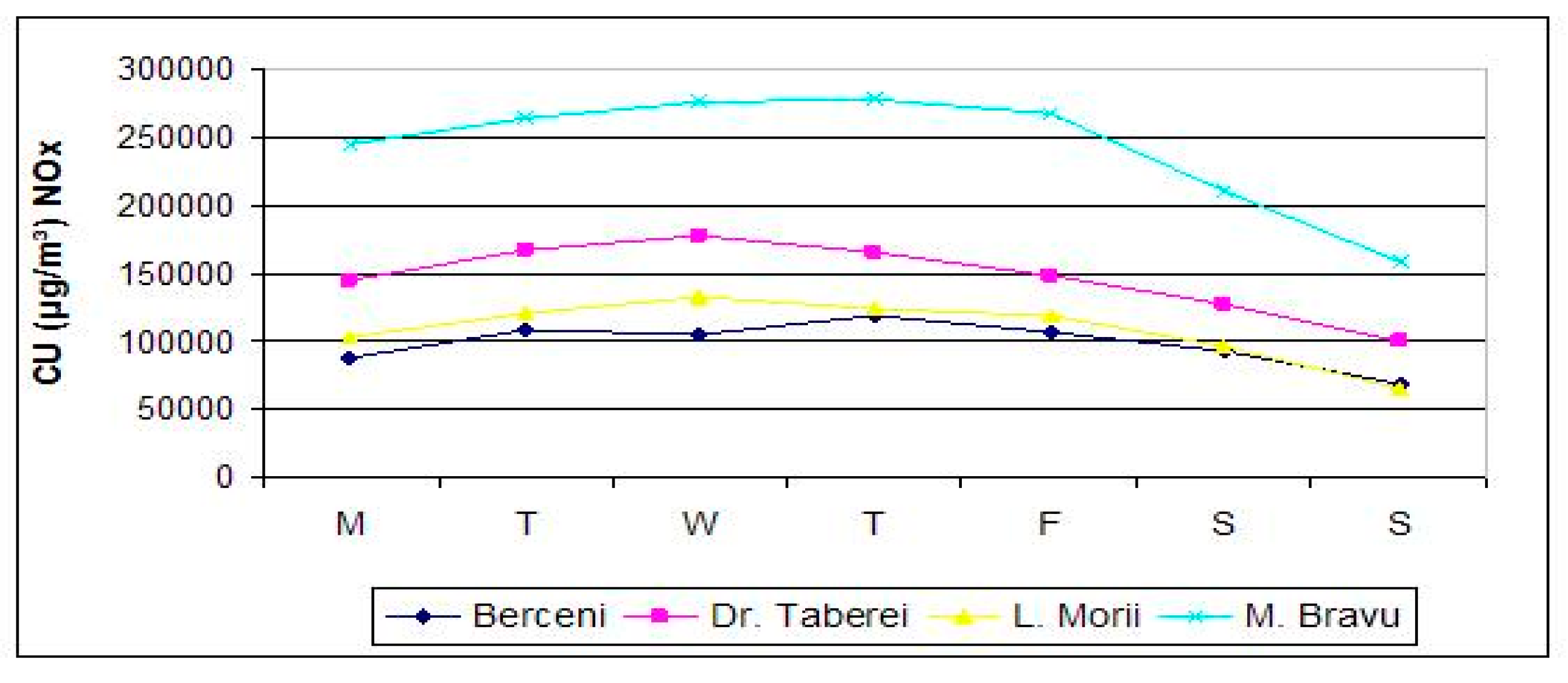
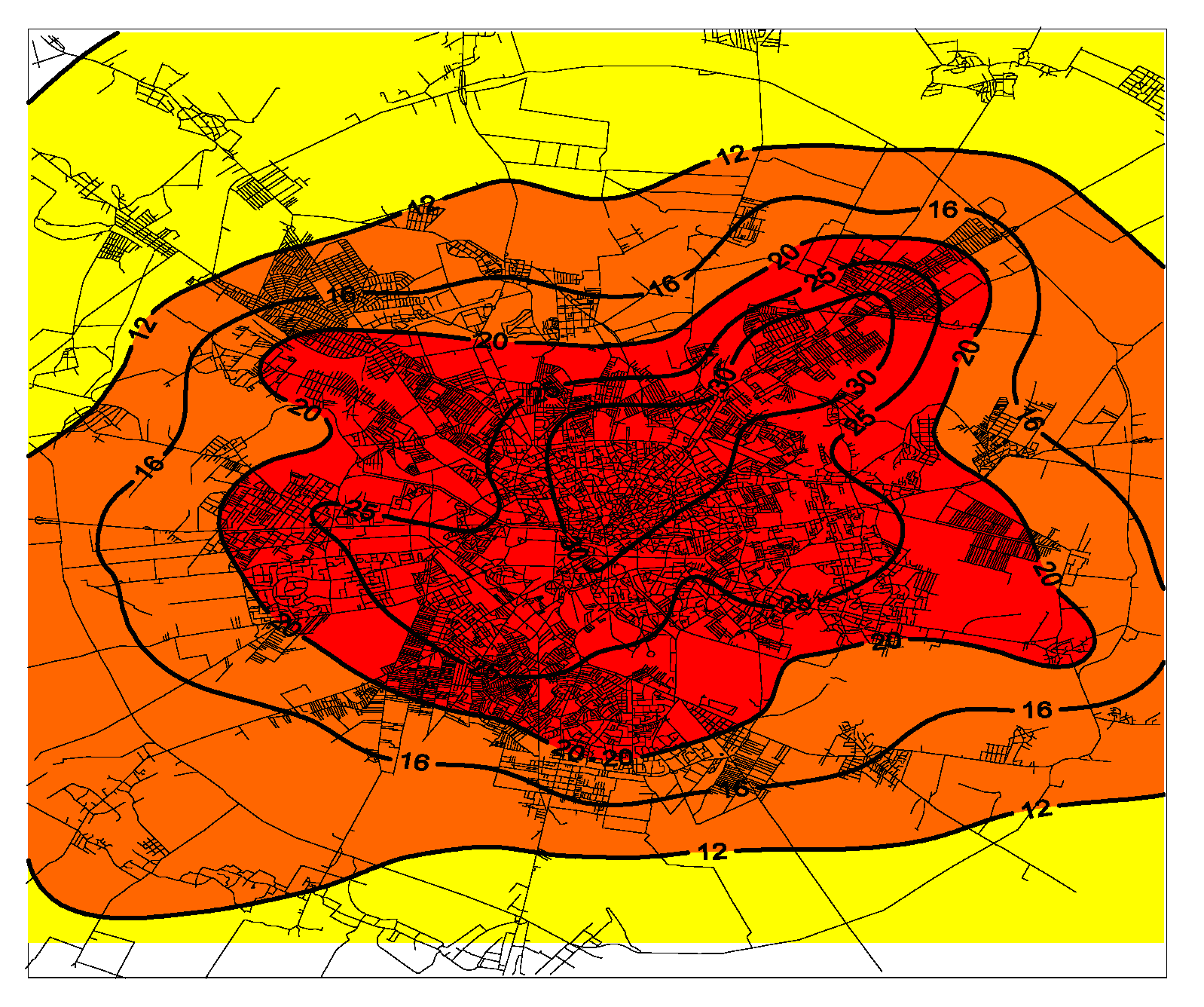
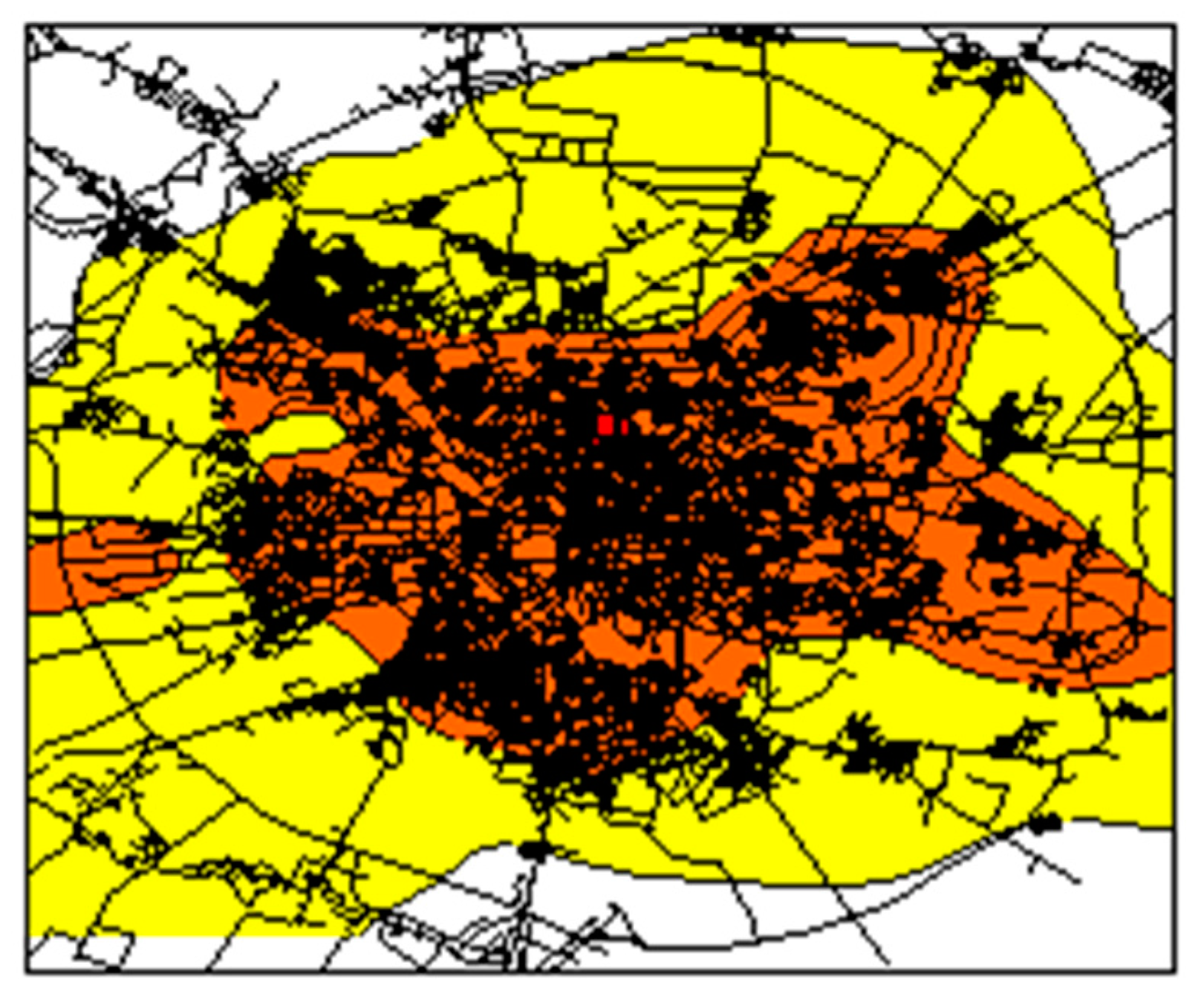
| Statistic Indicators | Boys/Grade | Girls/Grade | ||||||||
|---|---|---|---|---|---|---|---|---|---|---|
| IX | X | XI | XII | Pattern | IX | X | XI | XII | Pattern | |
| X | 10.66 | 9.97 | 9.65 | 9.09 | 9.90 | 10.45 | 9.97 | 10.88 | 10.25 | 10.49 |
| S | 89.13 | 95.67 | 112.09 | 109.98 | 101.70 | 93.17 | 90.44 | 88.21 | 87.01 | 89.07 |
| Cv% | 0.08 | 0.09 | 0.11 | 0.12 | 0.18 | 0.08 | 0.09 | 0.08 | 0.08 | 0.12 |
| EME | 0.99 | 1.02 | ||||||||
| ”Z” Test | 9.02 | |||||||||
| Level | Age-Boys (% HSS) | Age-Girls (% HSS) | ||||||||
|---|---|---|---|---|---|---|---|---|---|---|
| 14/15 | 15/16 | 16/17 | 17/18 | 14/18 | 14/15 | 15/16 | 16/17 | 17/18 | 14/18 | |
| Weak | 15 | 18 | 13 | 16 | 59% | 10 | 17 | 14 | 16 | 53.92% |
| Satisfactory | 10 | 7 | 5 | 8 | 31% | 8 | 8 | 9 | 10 | 34% |
| Medium | - | - | 7 | 4 | 10% | 6 | 5 | 2 | - | 12.08% |
© 2020 by the authors. Licensee MDPI, Basel, Switzerland. This article is an open access article distributed under the terms and conditions of the Creative Commons Attribution (CC BY) license (http://creativecommons.org/licenses/by/4.0/).
Share and Cite
Plastoi, C.; Butu, I.; Țîrcă, D.-M.; Ferrario, B.; Mihai, I.; Chivu, D.; Guță, E.L. Physical Education, Quality of Breathable Air and Their Effects on the Formation of High School Students as Sustainability in Maintaining the Lifestyle. Is the Physical Education Lesson Enough to Create Such Valences? Sustainability 2020, 12, 1106. https://doi.org/10.3390/su12031106
Plastoi C, Butu I, Țîrcă D-M, Ferrario B, Mihai I, Chivu D, Guță EL. Physical Education, Quality of Breathable Air and Their Effects on the Formation of High School Students as Sustainability in Maintaining the Lifestyle. Is the Physical Education Lesson Enough to Create Such Valences? Sustainability. 2020; 12(3):1106. https://doi.org/10.3390/su12031106
Chicago/Turabian StylePlastoi, Camelia, Ioana Butu, Diana-Mihaela Țîrcă, Bianca Ferrario, Ilie Mihai, Daniel Chivu, and Eduard Leonard Guță. 2020. "Physical Education, Quality of Breathable Air and Their Effects on the Formation of High School Students as Sustainability in Maintaining the Lifestyle. Is the Physical Education Lesson Enough to Create Such Valences?" Sustainability 12, no. 3: 1106. https://doi.org/10.3390/su12031106
APA StylePlastoi, C., Butu, I., Țîrcă, D.-M., Ferrario, B., Mihai, I., Chivu, D., & Guță, E. L. (2020). Physical Education, Quality of Breathable Air and Their Effects on the Formation of High School Students as Sustainability in Maintaining the Lifestyle. Is the Physical Education Lesson Enough to Create Such Valences? Sustainability, 12(3), 1106. https://doi.org/10.3390/su12031106





